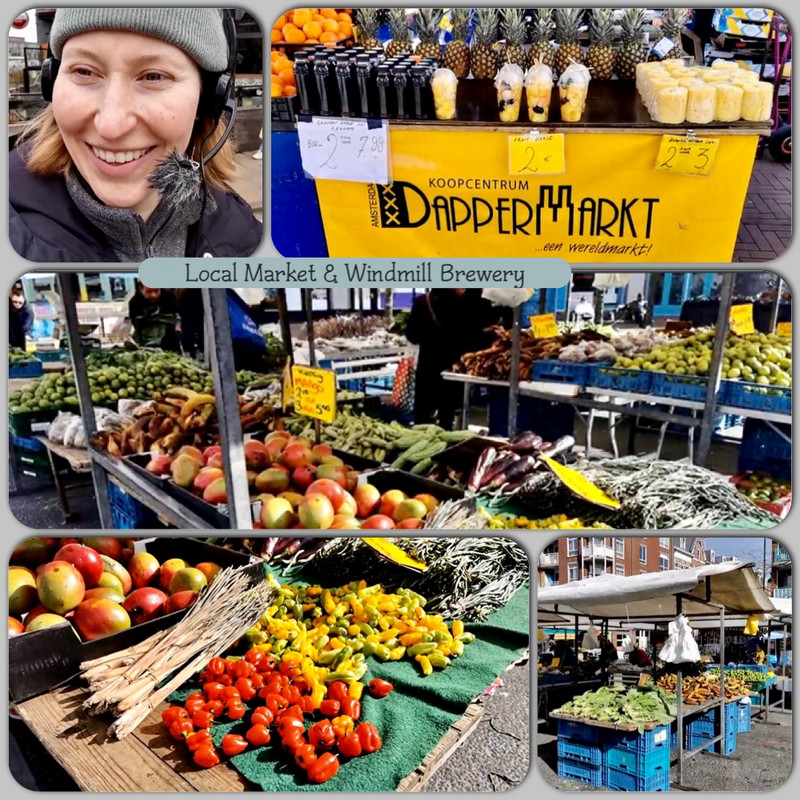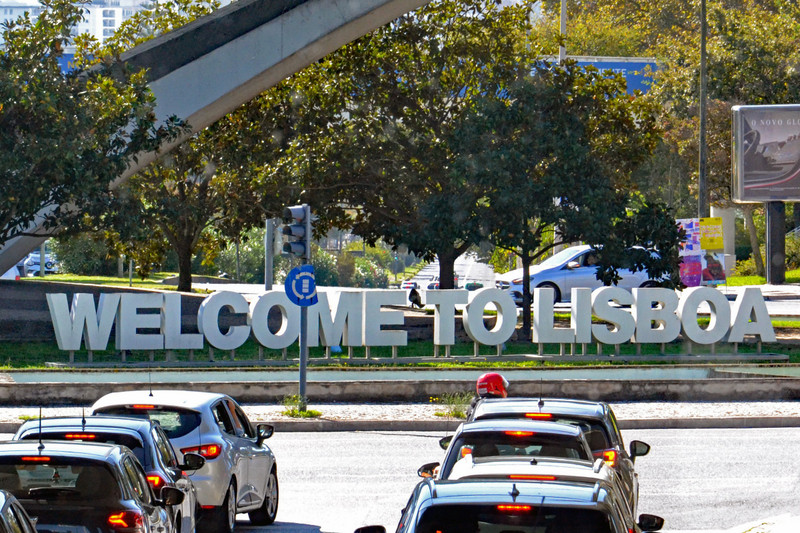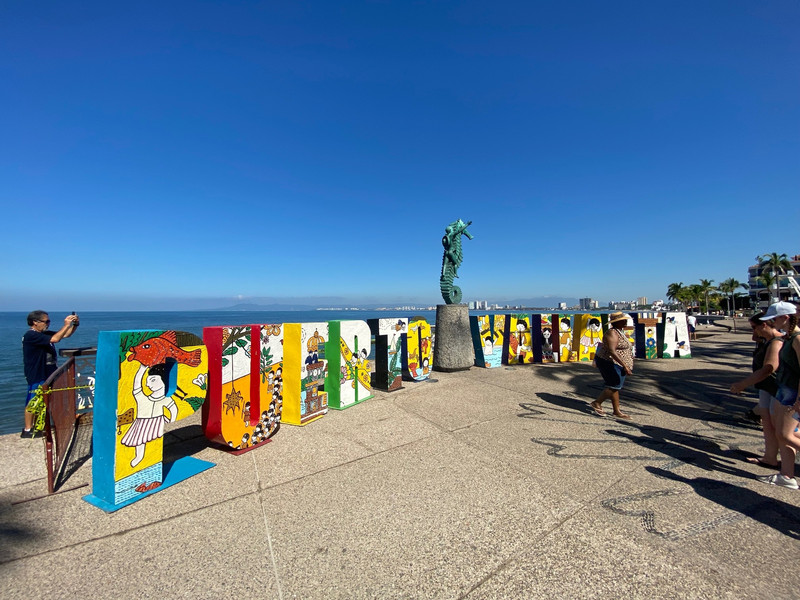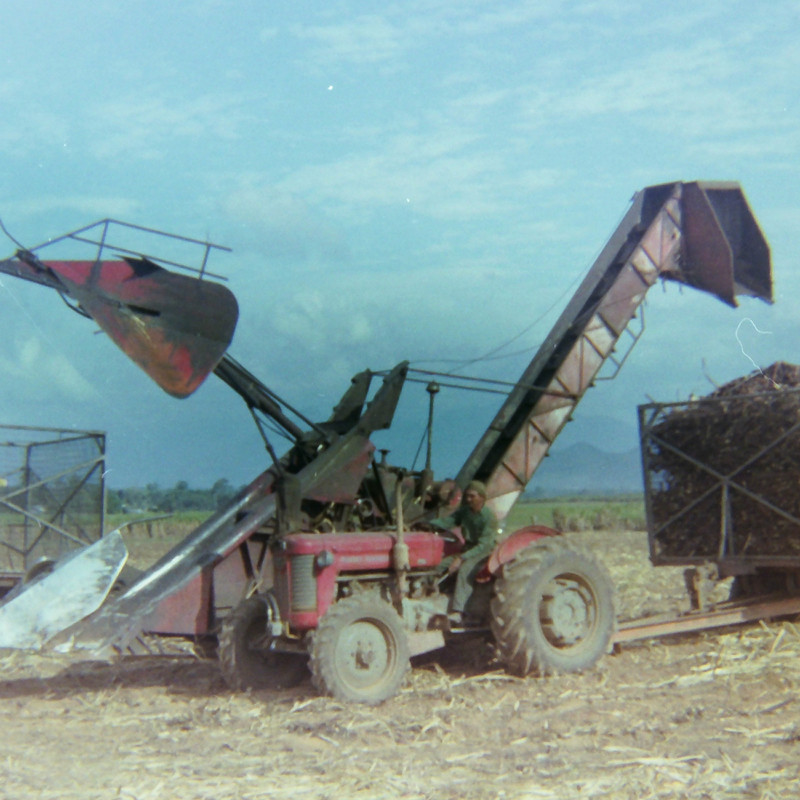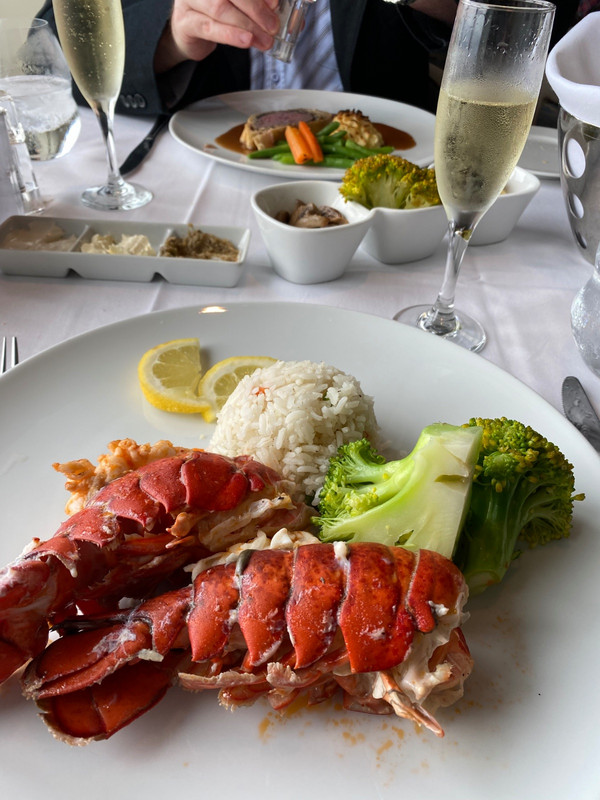At the beginning of the 20th century, the bustle on the street of the Dapperbuurt increased. Hawkers, in particular, determined the street scene and overran each other trying to sell their wares. This even led to fights to get the best spots with more customer traffic. The hawkers also hindered traffic with their carts and the municipality didnt like that.
In 1910, the Dapperstraat was officially designated by the municipality of Amsterdam as a market street. The Dappermarkt draws visitors from the all over the Netherlands. There are many products of interest to the citys residents Surinamese, Antillean, Turkish & Moroccan origin, giving the market and the surrounding neighbourhood a strong multicultural feel.
Open 6 days a week but during Covid only food & essential goods were trading but it was still busy. The layout of this market street has remained the same for over 75 years with over 250 stalls,
The market owes its name to Olfert Dapper, who was known for to a multicultural society in the Netherlands.
1636 – 29 December 1689) was a Dutch physician & writer. He wrote books about world history & geography, although he never travelled outside the Netherlands
Many older Dutch people know the sonnet ‘De Dapperstraat, written just after World War II, by J.C. Bloem. It describes the feeling of the poet being entirely satisfied in the greyness of the city on a rainy day. It concludes with ‘Domweg gelukkig in de Dapperstraat., ‘Simply content in the Dapperstraat. Which we saw on the faade of a building.
It was strange to see herons walking around amongst the shoppers but they were near one of the fish stalls so maybe they get fed some scraps.
I expected there would be more interesting stalls to get up close too but it was busy on a Saturday morning so difficult for the guide.
The names dates from the around 1609, when the mill was owned by Claes and Jan Willemsz, two brothers from Gooiland. Next to the mill, in the former municipal bathhouse dating back to 1911, is a micro brewery the.The mill and the bathhouse building are unrelated, and the mill fulfils no function for the brewery despite the image of a mill being in the brewery logo.
